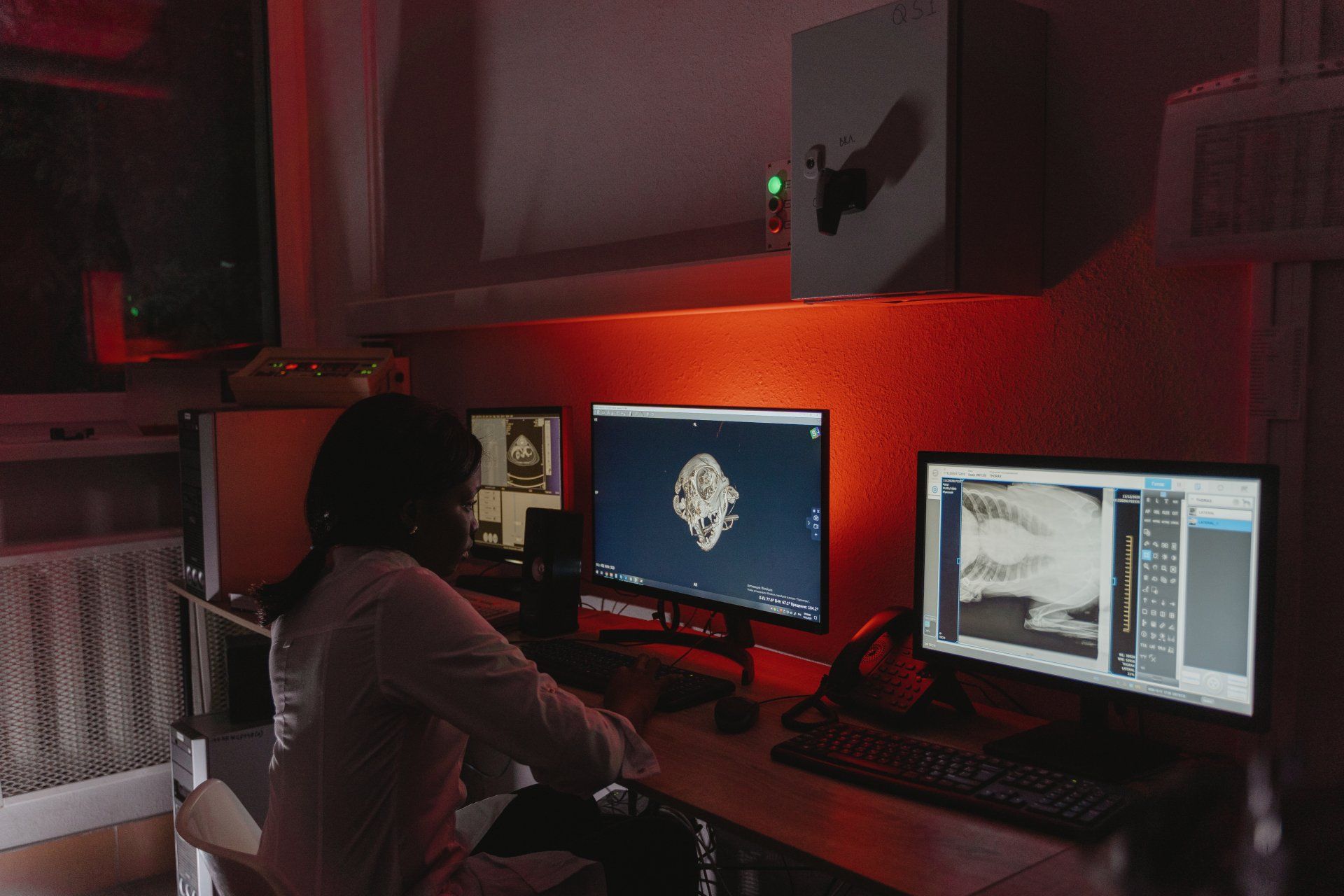How does NOC Technology help Veterinary Clinics?
by Jon Lober | NOC Technology
Busy vet clinics can take IT off their plates with managed IT services.

Among our SMB clients, NOC Technology is also serving a growing number of veterinary clinics. The tech needs of many of these practices are similar to what we see in other medical or professional practices and small businesses, but as we work together more often, we have learned a few things that are especially valuable to our vet clinic clients.
In the busy environment of a veterinary clinic, our clients need technology that works for them when they need it—not against them when they least expect it. As we work with vet practices to understand their IT needs, we have learned what is most valuable to them about working with a managed service provider (MSP) like NOC. Here are five of the things that our veterinary clients appreciate about working with us.
1. Experience in veterinary practice management software like Impromed and Cornerstorne.
Most small businesses have some form of business management software or customer relationship management software (CRM). Veterinary clinics are no different. However, as with many industries, veterinary clinics often use specialized software that is tailored to their unique needs.
Our experience with Covetrus Impromed, Idexx Cornerstone, and other vet practice management software ensures that we can help troubleshoot this critical software and help fully integrate it into the office’s technological environment.
2. Contacting a practice’s vendors on their behalf.
Veterinary clinics are busy places during normal business hours and there is usually not much spare time for non-essential calls or tasks. Many practices appreciate that we can contact their IT vendors for them. Instead of a busy receptionist or practice owner losing valuable time on hold with an internet provider or software company, we can take care of the call for them.
3. Quick response time.
As a small business ourselves, we value efficient connection with a real human. That is why our response time is 15 seconds for a call and under one hour for email. Our vet clients love that we answer the phone every time that they call. Quicker responses equal quicker solutions and ultimately, more patients served on time.
4. Unlimited Remote Support.
Instead of worrying about whether or not their call is worth the associated charge, our clients can pick up the phone with confidence. We offer veterinary clinics unlimited remote support, so they can talk through their technical issue without worrying if it was worth the financial cost of the call.
5. Solutions for any budget.
We work with small and medium businesses of all sizes and budgets. Even though you may want to do it all, we understand that you have a real budget with real limitations. When it comes to technology, there are usually some non-negotiables that need to be addressed in order to keep operating safely, as well as some purchases that can be postponed for a more convenient date.
Our team can strategize with your practice managers to form a technology roadmap for the next five to ten years of anticipated growth to help you spread out your purchases, upgrades, and replacements in a sustainable manner. We will work with you to make sure that you stay in your budget, while implementing the tech that you actually need to get your job done.
Is your practice ready for some IT help?
Although it might seem like a huge burden to outsource your IT needs, we have walked hundreds of small businesses and numerous veterinary clinics through our transition process. We want the process to be as smooth as possible for everyone involved, which is why we take our on-boarding and transition period very seriously.
Do you think that your practice might be ready for some IT help? We offer free evaluations that will give us an idea of your current IT setup, the technological pain points in your practice, and where you would like to be.
Just click the button below to schedule a meeting with our veterinary practice IT transition expert. We look forward to hearing from you.




